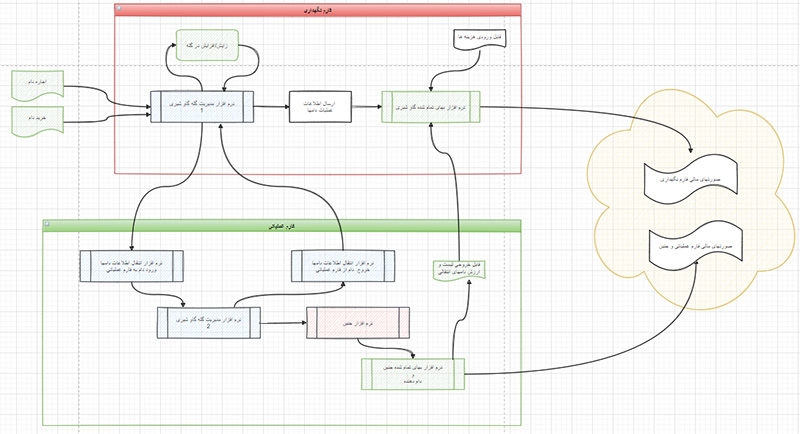Beneficial milk production requires that dairy cows experience constant pregnancy and calving each year. On the other hand, in order to maintain the profitability of the herd, it is necessary to eliminate cows that have been removed due to factors such as disease, aging and low genetic potential and replace them with good heifers.
This entire program requires strong herd management and for strong management, appropriate tools should be used to measure the condition of the herd. One of these tools is the pregnancy rate of the herd. Many factors are connected in a chain to keep the pregnancy rate of the herd in a good condition. In this collection of articles, this time we went to estrus and inoculation to improve the management of the herd pregnancy rate by improving the management of this part.
- A) Factors related to artificial insemination
۱_Time for artificial insemination
For the past 70 years, researchers studied the optimal time to inseminate cows relative to the estrous stage. A researcher named Trimberger in 1948 found that fertility rates were higher when cows were inseminated six and 24 hours before ovulation. This led to the establishment of the morning and an afternoon insemination program. The guideline suggests that cows that are estrus in the morning should be inseminated in the afternoon, and cows that are estrus in the afternoon should be inseminated the next morning. According to the traditional recommendation, morning and afternoon insemination with estrus twice a day is acceptable because a cow exhibits estrous standing behavior for 12 to 18 hours, but twice daily estrus may provide the best pregnancy rate. So the chance of a successful fertilization is lost. The reason for this is that the exact onset of estrus is usually indeterminate. For example, according to this program, a cow begins estrus at 1 midnight, and if ovulation is checked twice a day, estrus is observed in the morning, which is inoculated approximately 20 hours after the onset of estrus. This event reduces the number of pregnant cows. Once the exact onset of estrus has been determined, cows should be inoculated within four to 16 hours of estrus observation. If estrus is performed three or four times a day, the onset of estrus is much more effective and a better pregnancy rate is obtained in the herd. . The table below shows the effect of time interval between estrus detection and artificial insemination on pregnancy rate and as it is known, the best time interval is 8 to 12 hours after the onset of estrus.
- Registration of records
The more accurate records are recorded and reviewed, the less likely it is to be mistaken. Another problem with accurate records of estrus (including estrus observed in the early postpartum period) is that cows with follicular problems are diagnosed more quickly and when the problem is resolved in the open period. Optionally, the efficiency increases.
As a general conclusion, recording systems should be used on a daily basis.
For example, there are several parameters that can be examined by accurately recording estrus
The characteristics of herds are difficult to estrous
Estrus intervals between 3 and 17 days are more than 10%.
Estrus intervals between 25 and 35 days are more than 10 to 15%.
The number of cows that are inseminated today and will be estrus in the next three days is more than 5%.
In small herds, several cows give birth three to six weeks before the expected date.
Characteristics of herds with no observed estrus
A very small number of estrus is observed and recorded before the first postpartum check.
The average number of open days is 80 days, if the optional waiting period is 60 days (difference of more than 17 days).
Estrus intervals between 38, 45, 55 and 65 days are more than 15%.
Characteristics of herds with appropriate estrus diagnosis
۸۵% of cows are identified in estrus up to 60 days after calving.
Optional open days are around 75.
۶۰% of estrus intervals are between 18 and 24 days.
The ratio of the number of estrus intervals from 18-24 to 36-48 days is more than 4: 1.
At least 70% of cows’ estrus is detected
| Collector name | Mohammad Teimoori
Animal science expert Active in the field of information technology in the field of animal husbandry and agriculture |
| Date of collecting | ۲۰۲۱/۷/۱۷ |
| source |
https://extension.psu.edu/heat-detection-and-timing-of-insemination-for-cattle
|








